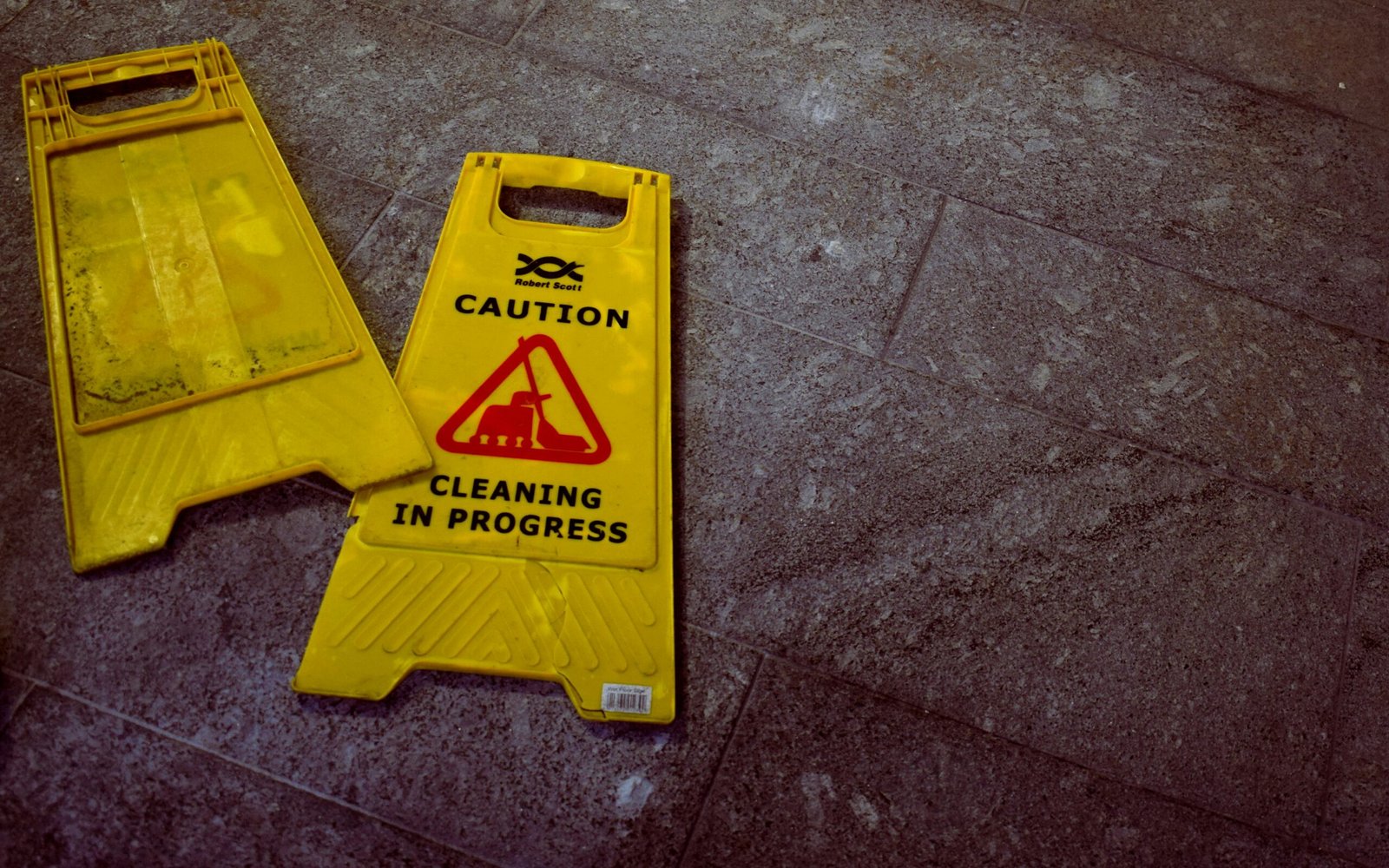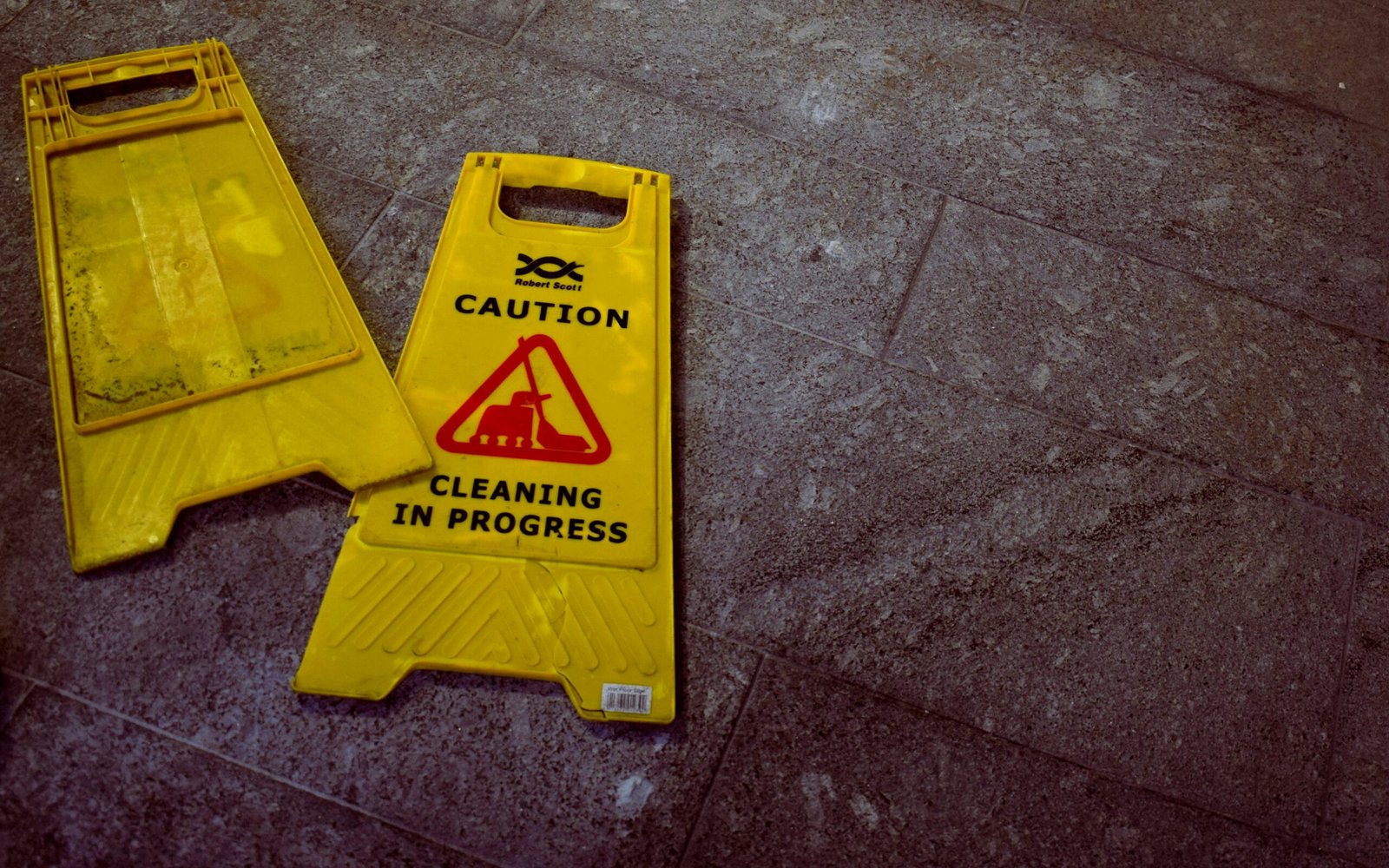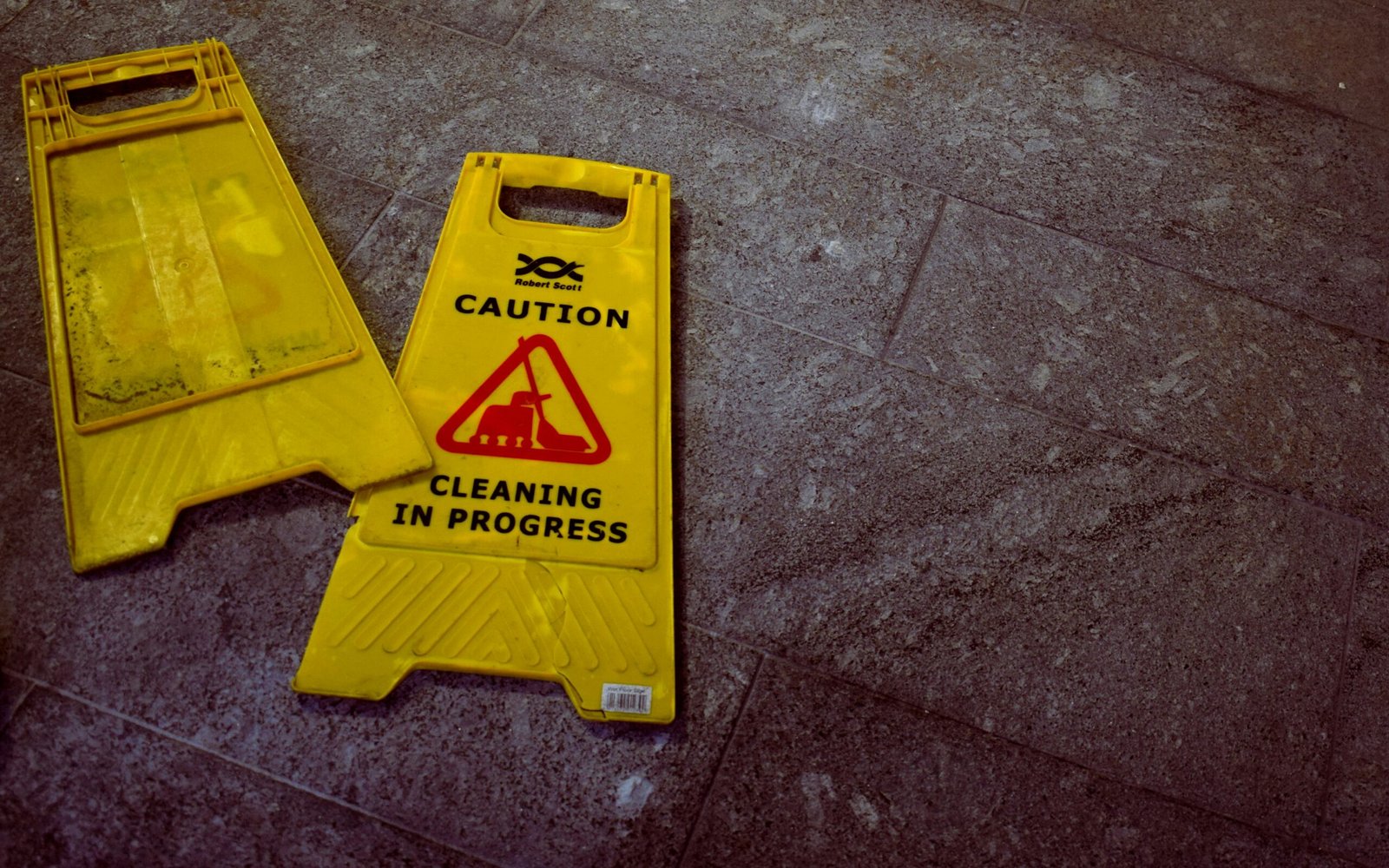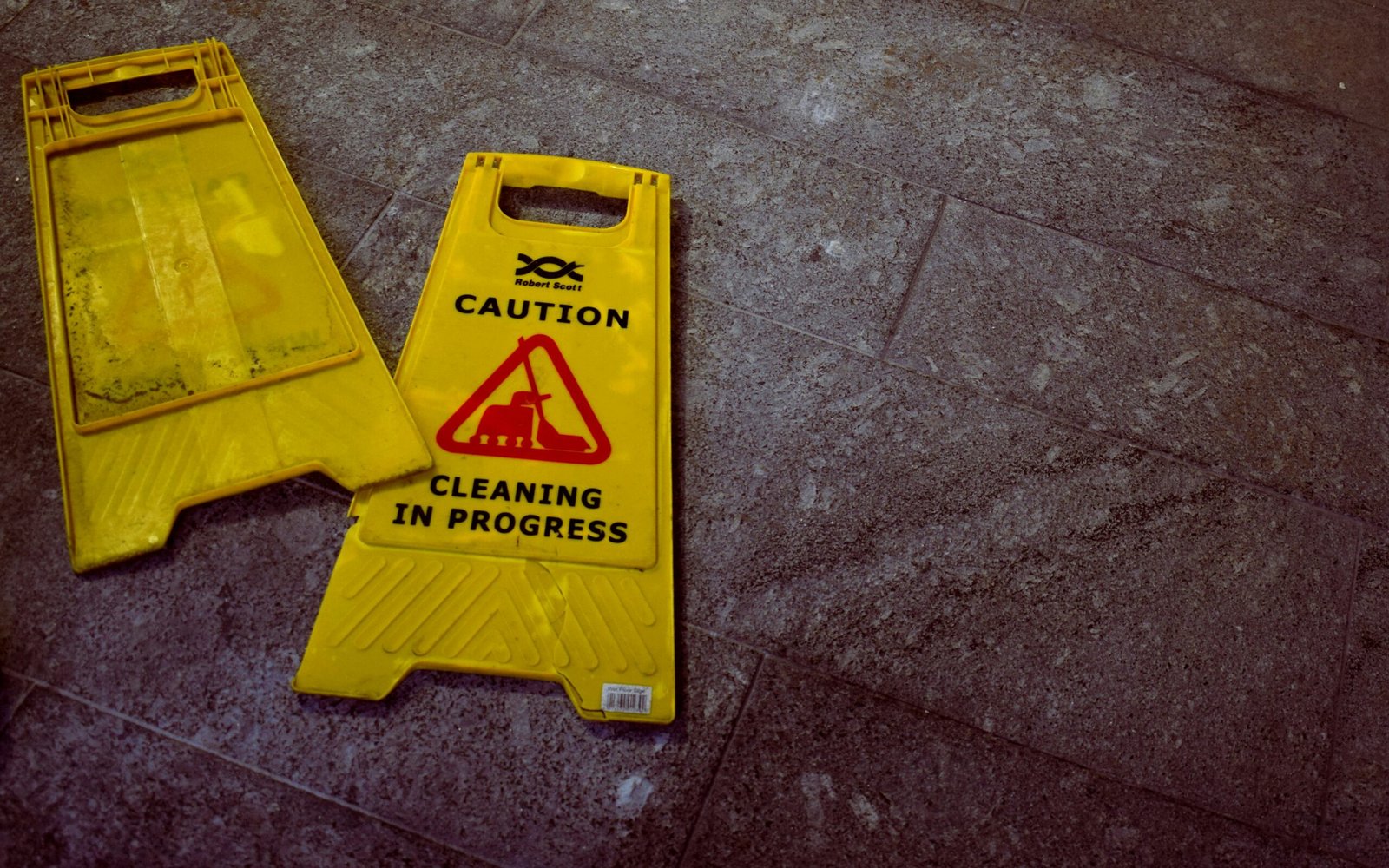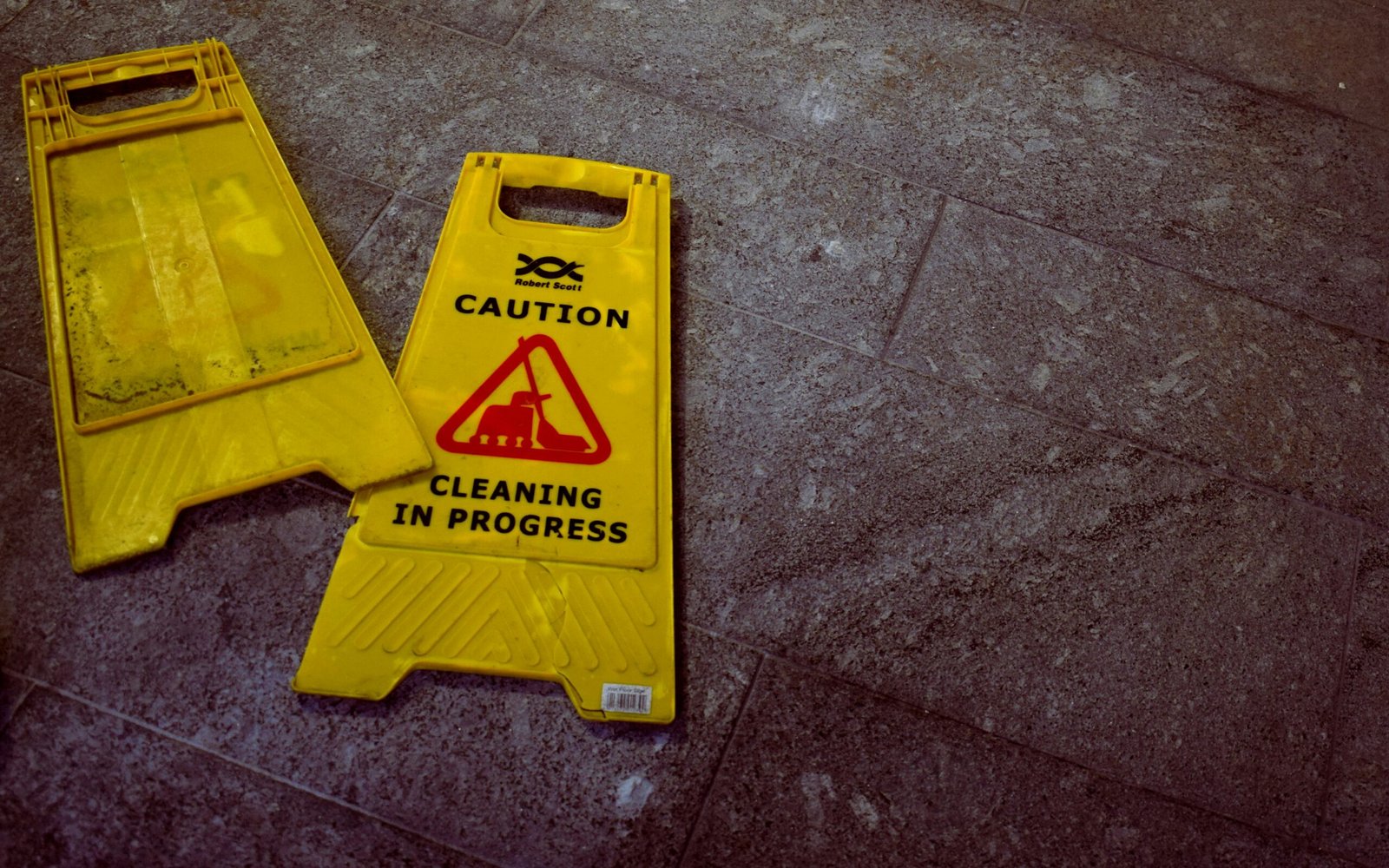What is an LCD Cleaner?
Introduction to LCD Cleaners
LCD cleaners are specialized cleaning solutions formulated specifically for maintaining Liquid Crystal Display (LCD) screens. Unlike traditional household cleaners, which can be too abrasive or contain harmful chemicals, LCD cleaners are designed to clean without causing any damage to the delicate surfaces of these screens. The importance of using an appropriate cleaner for LCDs cannot be overstated as improper cleaning can lead to permanent damage, including scratches, streaks, and even potential internal malfunctions.
The typical composition of an LCD cleaner includes ingredients that target and remove fingerprints, smudges, dust, and oils without leaving residue. These cleaners are often free from alcohol, ammonia, and other harsh chemicals that can affect the screen’s protective coating and overall display quality. Additionally, they can include anti-static properties to reduce the attraction of dust and dirt.
Regular household cleaners, such as glass cleaners or all-purpose sprays, are typically unsuitable for LCD screens due to their aggressive formulations. The abrasiveness of these cleaners can easily scratch the surface, while chemicals like ammonia and alcohol can strip away protective layers and cause discoloration over time. These unspecialized cleaners do not provide the gentle cleaning action required for LCD screens and may lead to significant damage with repeated use.
It is also worth distinguishing between LCD-specific cleaners and general electronic cleaners. While both types are gentler than standard household products, general electronic cleaners may still contain substances that are not ideal for the soft and sensitive surface of an LCD screen. Hence, to ensure longevity and optimal performance of LCD displays, specialized LCD cleaners are recommended for regular maintenance.
Types of LCD Cleaners
LCD cleaners come in various forms, each suited to different use cases and user preferences. Liquid cleaners, wipes, sprays, and gel-based solutions dominate the market, and understanding their benefits and drawbacks can help consumers make informed choices.
Liquid cleaners typically consist of a special solution applied using a microfiber cloth. These solutions effectively break down oils and grease without damaging the sensitive surface of an LCD. They are ideal for thorough, at-home cleaning sessions, offering a streak-free finish. However, they can be cumbersome to use compared to other formats.
Wipes are pre-moistened cloth pieces that come in individual packets or dispensers. They provide the convenience of portability and ease of use, making them a popular choice for travel or quick clean-ups in office settings. The downside is that they can dry out quickly and might not be as effective as liquid solutions in tackling built-up grime.
Sprays are another prevalent option, offering a middle ground between liquids and wipes. Packaged in spray bottles, these cleaners allow for controlled application and are often paired with microfiber cloths. Sprays are versatile and perform well in both household and professional environments. Nonetheless, their effectiveness can be influenced by the quality of the sprayer and the solution’s formulation.
Gel-based solutions are thicker and designed to cling to the screen’s surface, making them excellent for removing persistent smudges. Their viscosity reduces the risk of the cleaner seeping into the device’s internals, a common concern with liquid cleaners. However, gels might leave a residue if not buffed properly, requiring more effort during application.
Consumers also face a choice between eco-friendly and chemical-based LCD cleaners. Eco-friendly options use natural ingredients, reducing environmental impact and minimizing potential health risks. These cleaners are gaining traction among environmentally-conscious users but may require more frequent application. On the other hand, chemical-based cleaners often deliver superior cleaning power and faster results, albeit with some environmental and health considerations.
In conclusion, selecting the appropriate LCD cleaner depends on specific needs and preferences. Whether it’s a thorough home cleaning, quick office maintenance, or on-the-go convenience, there’s a suitable solution available to keep screens pristine.
“`html
How to Properly Use an LCD Cleaner
Using an LCD cleaner is an essential task that needs to be performed with careful consideration to ensure the longevity and clarity of your screen. Follow these step-by-step instructions to clean your LCD screen effectively, while avoiding any potential damage.
First, power down your device and unplug it from any power sources. This step is crucial to prevent any electrical issues and ensure your safety during the cleaning process. Next, take a high-quality microfiber cloth, which is specifically designed to clean delicate surfaces without scratching them. Avoid using any abrasive materials like paper towels, as they can leave scratches on the screen.
Carefully apply a small amount of LCD cleaner to the microfiber cloth. It’s important to remember that less is more when it comes to applying the cleaner. Over-saturation can lead to liquid seeping into the edges of the screen, which can cause internal damage. Additionally, never spray the cleaner directly onto the screen, as this increases the risk of liquid entering the device itself.
Begin wiping the screen in gentle, circular motions using the dampened microfiber cloth. Focus on areas with visible smudges or fingerprints but ensure you lightly clean the entire screen surface for an even finish. Avoid applying excessive pressure, as this can damage the screen layers. For stubborn spots that don’t easily come off, a second application might be necessary. Repeat the same careful process of applying the cleaner to the cloth and gently wiping the screen until all marks are removed.
Once your screen is clean, give it a few moments to dry completely before powering on the device. Ensure that no cleaner remains on the surface, as any residue could attract dust and create new smudges.
By following these best practices, you can maintain the pristine condition of your LCD screen and enhance its longevity. Steer clear of common mistakes such as using inappropriate materials or methods, and your screen will remain clear and functional for years to come.
“`
Benefits of Regular LCD Cleaning
Regular cleaning of LCD screens offers a multitude of benefits that greatly enhance the user experience while ensuring the longevity of the device. One of the most immediate advantages is the improvement in display clarity. Over time, dust, smudges, and fingerprints accumulate on the screen, diminishing the sharpness and vibrancy of the display. A well-maintained, clean screen ensures that images and text appear crisper and more detailed, providing a visually pleasing experience whether you are working, watching videos, or gaming.
In addition to improving display clarity, routine cleaning can significantly reduce eye strain. A dirty screen often means you have to squint or adjust your viewing angle to see the content clearly, which can lead to eye fatigue and discomfort over prolonged periods. By keeping your screen free of smudges and dust, you can maintain a comfortable viewing experience, which is particularly beneficial for those who spend long hours in front of their devices.
Another critical benefit of regular LCD cleaning is the extended lifespan of your device. Dust and grime not only affect the visual performance but can also seep into the internal components over time. This buildup can cause overheating and other technical issues, potentially shortening the life of your device. Consistent cleaning helps in preventing such complications, thereby protecting your investment for a longer time.
Moreover, cleanliness extends beyond just visual and technical factors. LCD screens can become breeding grounds for germs and bacteria, posing health risks, especially in shared environments. Regular cleaning removes these harmful elements, promoting better hygiene and reducing the chances of illnesses.
Incorporating a scheduled maintenance routine for your LCD screens is highly recommended. Using proper cleaning tools and solutions, aim to clean your screens weekly or bi-weekly, depending on usage. This proactive approach will ensure optimal screen health, making your display not only look fresh but also operate at its best for years to come.

